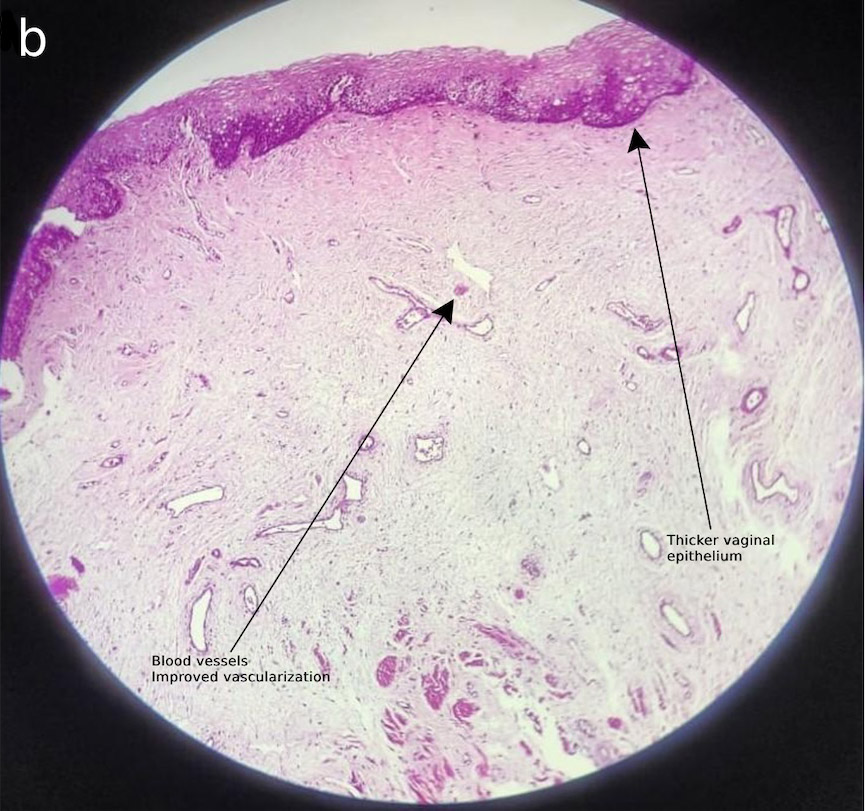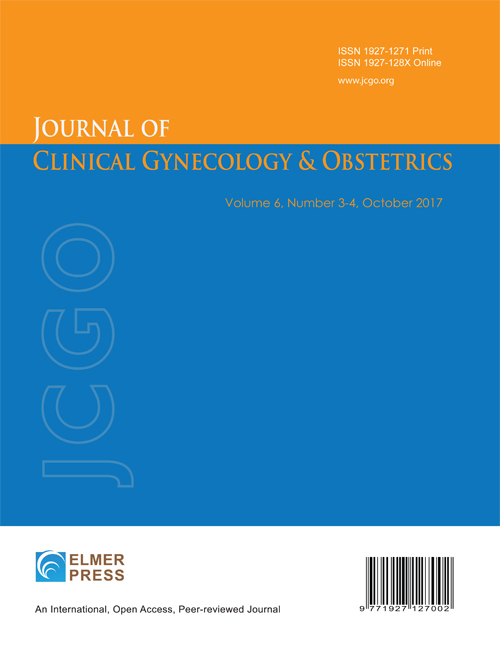Novel Multimodal Radiofrequency Therapy for Mixed Urinary Incontinence: A Pilot Study
DOI:
https://doi.org/10.14740/jcgo1501Keywords:
Mixed urinary incontinence, Quality of life, Multimodal radiofrequency, SafetyAbstract
Background: Mixed urinary incontinence (MUI) significantly affects patients’ quality of life (QOL) and poses a therapeutic challenge owing to its multifactorial etiology. Traditional treatments, including pharmacotherapy and surgery, often yield suboptimal outcomes or entail considerable risk. This study aimed to evaluate the efficacy and safety of a novel multimodal radiofrequency (MMRF) therapy for improving MUI symptoms, QOL and histological markers of pelvic tissue integrity.
Methods: A prospective pilot study was conducted on 20 female patients diagnosed with MUI. Participants underwent MMRF therapy, which consisted of two modalities: Morpheus V, delivering fractional radiofrequency energy, and Forma V, providing bipolar energy for superficial tissue tightening (Empower Bipolar Radiofrequency Platform InMode Aesthetics, Lake Forest, California, Serial Number R30326211). Treatment was administered over two to three sessions with follow-up at 3 and 6 months. Subjective outcomes were assessed using validated scales, including the International Consultation on Incontinence Questionnaire-Short Form (ICQ-SF), Potenziani scale, overactive bladder symptom score (OAB-SS), and QOL measures using a visual analog scale (0 - 10). Punch biopsies from the anterior vaginal wall were obtained at baseline and at 6 months to evaluate histological changes. Statistical analyses were performed to determine the significance of the pretreatment and posttreatment differences.
Results: Twenty participants were included in this study. ICQ-SF scores decreased from 14.05 ± 4.22 at baseline to 10.05 ± 3.79 at 3 months and 7.65 ± 4.44 at 6 months (P < 0.01). The Potenziani and OAB-SS scores exhibited similar reductions, indicating enhanced bladder control and urgency relief (P < 0.001). QOL improved significantly, with mean QOL scores declining from 6.00 ± 1.03 at baseline to 2.95 ± 0.94 at 6 months (P < 0.001). Histological analyses revealed increased collagen density, enhanced vascularization, and reduced inflammatory infiltrates, supporting tissue remodeling and functional recovery.
Conclusions: MMRF therapy is a safe, effective and minimally invasive treatment for MUI that addresses both the structural and functional contributors to incontinence. Significant improvements in symptom severity, QOL, and tissue integrity position of MMRF are promising non-surgical options for managing pelvic floor dysfunction. Further research with larger populations and extended follow-up is recommended to confirm these findings and to establish MMRF as a standard treatment for MUI.

Published
Issue
Section
License
Copyright (c) 2025 The authors

This work is licensed under a Creative Commons Attribution-NonCommercial 4.0 International License.







